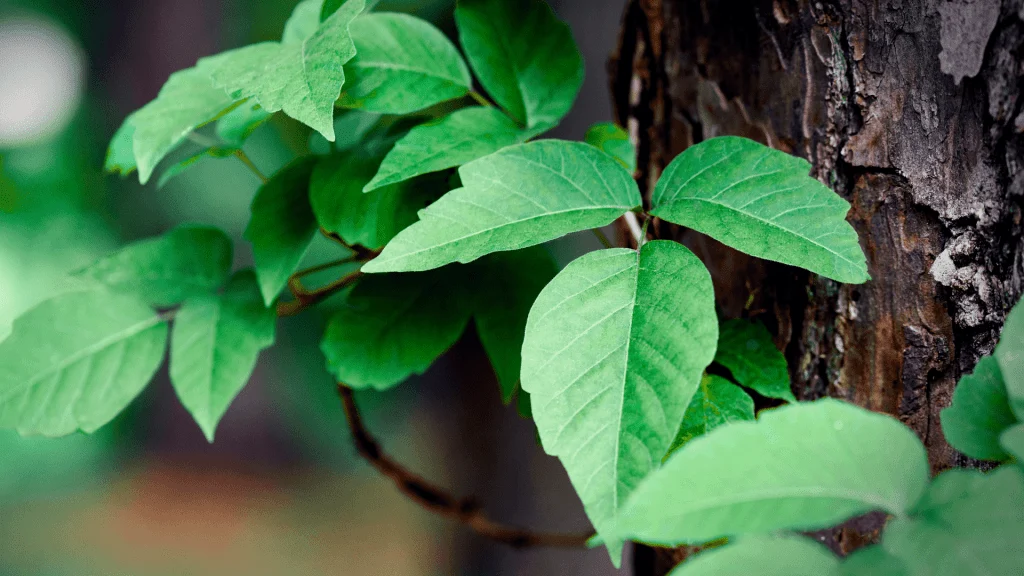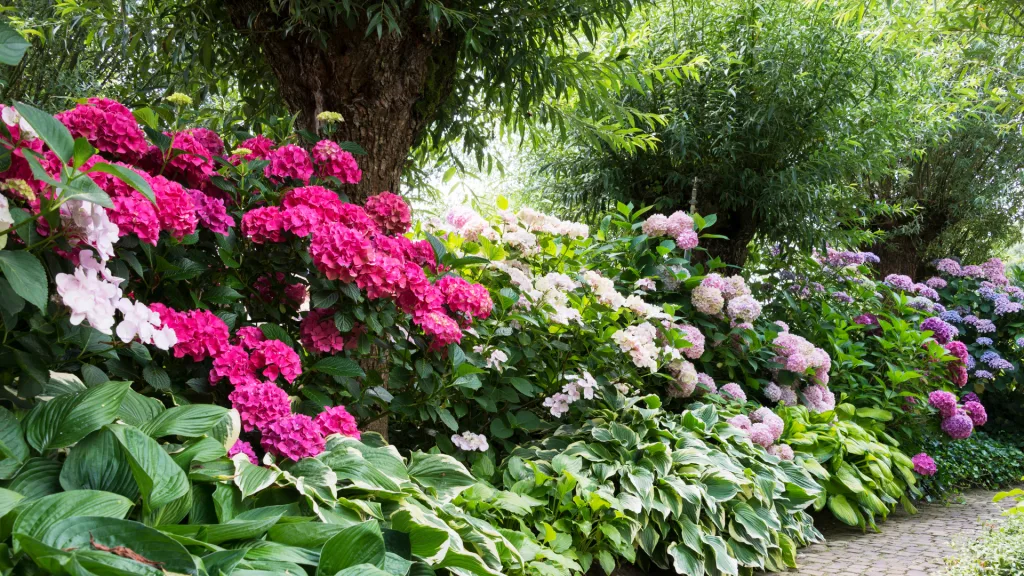Some toxic plants look pretty bland, while others are absolutely gorgeous. Dangerous greenery might be OK to touch if you don’t ingest it, but others can cause problems just by brushing against them.
Do you really know what’s growing in your yard?
Today we’ll talk about common backyard vegetation that’s scarier than it looks.
Let’s check it out!
What Are Toxic Plants?
A toxic plant has chemical compounds that can cause health problems if you eat them. Some are even harmful to the touch. And they’re a lot more common than many people realize.
If you’ve read or watched any murder mysteries, you may know some of the most deadly toxic plants. Ricin, wolfsbane, and water hemlock are poisons found in fiction. But they come from very real flora.
Even some of our favorite veggies can be dangerous. While tomatoes are delicious, the rest of the plant is high in solanine. They’re part of the deadly nightshade family, along with eggplants, potatoes, and peppers. Lectin in raw or undercooked beans can also make you sick.
But there are other typical backyard plants that you should be wary of. Some grow as weeds, while others are ornamentals popular with landscapers.
Pro Tip: Plant these 10 Most Beautiful Spring Flowers to freshen up your lawn.

Which Common Backyard Plants Are Toxic?
You may not realize how dangerous some of your favorite plants are, especially if you’re new to gardening. Meanwhile, other common weeds can cause intense rashes and allergic reactions. Meanwhile, some can poison your pets if they eat them.
Poison Ivy and Poison Oak
Folks who like to go camping are probably familiar with the old rhyme “leaves of three, let them be.” Poison oak and ivy are members of the sumac family, which contain high levels of urushiol. This chemical causes an allergic reaction in most people.
If you touch them, there’s a good chance you’ll develop a blistering rash that’s enough to ruin your week. Treating an infestation in your yard can be difficult without a pro. You should never burn the plant because of the dangerous smoke.
You can treat the outbreak with a topical cream and an oatmeal bath. A doctor may also prescribe an oral steroid. But the best treatment is avoiding these toxic plants altogether.
Oleander
These large shrubs create pink, yellow, and white flowers. They’re hardy plants that quickly grow up to 12 feet and don’t need much care. That’s why they’re so popular as decoration. But even brushing past the foliage can cause a reaction in your skin.
These compounds in the plant can mess up the rhythm of your heart. But if you ingest even a single leaf, it can be fatal. They’re very dangerous to horses, cats, and dogs as well. You should strongly consider whether it’s worth keeping these deadly beauties around.
Rhododendron and Azalea
These common landscaping plants create huge masses of colorful flowers. They have long blooming seasons starting in early spring. They’re trendy in public gardens across the world. But they’re also incredibly toxic.
Even a small amount of the plant can create digestive and breathing problems. In fact, this plant was the first chemical weapon. King Mithridates VI of Pontus placed honey bee hives that fed on rhododendron in the path of an invading Roman army. When the soldiers ate the “mad honey,” they became sick and were easy targets for the defense forces.

What Happens If You Touch a Toxic Plant?
Not all toxic plants are dangerous to touch. But the ones that are can be a real nuisance. You may break out in a rash immediately or sometime within a few days, but some symptoms take up to two weeks to appear.
Blisters can bubble up and crack, and you may have skin leaks and crust. You’ll want to let the rash breathe as much as possible. Burning sensations and itchiness are enough to put me out of commission for a week or two.
While the skin rash isn’t contagious, it can linger in clothing and pet fur. Make sure to wash everything you wear thoroughly and shower with extra soap. Rubbing alcohol and special creams can also help soothe your skin. Antihistamines can help with allergic reactions to some toxic plants. For extreme reactions, you should seek medical treatment.
It’s a good idea to stay out of the sun when you’ve got an outbreak. In fact, some species, like wild parsnips, cause severe issues after UV light hits them. If you need to go out, wear long clothing and a hat, and use sunscreen.

How Do You Know If You Have Been Poisoned By a Plant?
Symptoms from poisoning will vary depending on the dose, the person, and the type of plant. Some toxins can cause immediate reactions, while others won’t occur until later.
Digestive issues, cramps, and severe vomiting are symptoms of toxic chemicals. You may experience hand tremors, seizures, and heart palpitations. Sweating, confusion, and muscle weakness can also slow you down.
While many people survive poisons with treatment, they can be fatal in large doses. If you’ve got symptoms and you’ve eaten anything unusual recently, seek help immediately. Treatments include IV fluids and observation. Different toxins may require specialized treatments.
Luckily, most cases in adults are mild. But young children and pets are much more vulnerable. The best medicine is prevention.
Pro Tip: Don’t know where to buy your plants from? We uncovered What Big Box Store Has The Best (and Cheapest) Garden Center?
How Can You Avoid Toxic Plant Exposure?
The best prevention is learning about the dangerous plants found in your region. If you go camping out of your home state, learn the common toxic plants in the area. Never forage food unless you’re sure you know what it is.
But you should always know what’s growing in your yard. Do your research before planting something new in your garden. And if you have small children or pets, get the dangerous species out of your landscaping. In some cases, like with poison ivy, you’ll need to hire an expert to remove the problem and keep it from coming back.
It’s also probably worth staying on good terms with your neighbors if you see water hemlock growing in their flower beds.
Know What You Grow!
Toxic plants developed their dangerous compounds as a defense mechanism to keep animals from eating them. While we can live in harmony with many of them, it’s important to protect your family and be wary of keeping hazardous flora in your yard.
So learn to identify these species, especially when you’re out camping, and enjoy their natural beauty from a safe distance. And if you can’t tell exactly what plant you’re looking at, it’s best to steer clear!
Discover the Best Free Camping Across the USA
To be honest with you, we hate paying for camping. There are so many free campsites in America (with complete privacy).
You should give it a try!
As a matter of fact, these free campsites are yours. Every time you pay federal taxes, you’re contributing to these lands.
Become a FREE CAMPING INSIDER and join the 100,000 campers who love to score the best site!
We’ll send you the 50 Best Free Campsites in the USA (one per state). Access the list by submitting your email below: